Review of the Day: Bronze and Sunflower by Cao Wenxuan, ill. Meilo So
 Bronze and Sunflower
Bronze and Sunflower
By Cao Wenxuan
Illustrated by Meilo So
Translated by Helen Wang
Candlewick Press
$16.99
ISBN: 978-0-7636-8816-5
On shelves now
It’s odd. Parents these days. I meet so many of them that believe that to live in a globalized society it is imperative for their children to learn another language. That’s not the odd part. That’s a great thing. Suddenly you have all these immersion classes (usually just for kids that can afford them, but still) and six-year-olds speaking Mandarin and Spanish and more. No, for me the strange thing is that it stops right there. The kids are taught other languages and maybe some rudimentary facts about the country that originated those languages aaaaaand . . . that’s all folks. Imagine how much more sense it would make if those kids then read books originally published in those other countries. Better yet, what if kids all over the United States were required to read at least one translated and/or imported title from another country every few months or so? I mean, talk about putting yourself in another child’s shoes. But for a lot of Americans, translations aren’t any kind of a necessity in their children’s lives. As the author Marc Aronson once told me, even a teacher or a children’s librarian getting a degree could go through a whole graduate program without even once being required to read a translated book (aside from The Little Prince which doesn’t count and The Diary of Anne Frank). Now take the case of the man that is arguably the most famous Chinese author for children in the world. Cao Wenxuan is so well known that in 2016 he won the Hans Christian Andersen Award, given by an international committee in celebration of a life’s work. So how many of his books do we have here in America? Zip. Zero. Zilch. Oh… wait. That’s not exactly true anymore. Bronze and Sunflower has just been released in the States. It’s bold and unfamiliar. Touching and terrifying. Historical but somehow also timeless. It’s one of the best dang novels I’ve read for kids in a long time. Do you truly want your kids to be citizens of the world? Then hand that world to them. Give them this book.
The rural village of Damaidi is not particularly large, but it is a healthy community. Some residents are well off and some are not, but all of them are curious about a far stranger village that exists across the river. That place is called the Cadre School, and it is home to a little girl named Sunflower. Having traveled there with her father, an artist that creates bronze sunflowers, she is left all alone in the world when he dies unexpectedly. Fortunately she has already bonded with Bronze, boy unable to speak, who from a very poor village family. Though his parents and grandmother know they can’t afford the girl, they take her in anyway and she becomes an integral part of the household. By their side she survives floods, famine, and fire. How? She always has Bronze and Bronze always has Sunflower. Siblings forever.
ADVERTISEMENT
ADVERTISEMENT
Years ago, when I was in grad school, I read a book called Chinese Cinderella: The True Story of an Unwanted Daughter by Adeline Yen Mah. Not long thereafter I read the Newbery winning book Kira-Kira by Cynthia Kadohata. Now please bear in mind that as a child I studiously avoided any and all books that I deemed too “sad”. This may explain why it took until adulthood for me to read Bridge to Terabithia (though you have to admit that I called that one). Now imagine how it felt to me to read Yen Mah and Kadohata’s books in quick succession. Both books pull that old trick where a character thinks something is going to be wonderful and then it turns out to be terrible. I call this the fuzzy chick rule. If a character is given a fuzzy chick in a book, you better be very careful because odds are that little chickie isn’t going to be long for this world. Now I worried, and with good reason, that Bronze and Sunflower was going to be that kind of book. And to be fair, Wenxuan really does pour it on when he kills off Sunflower’s dad. If you didn’t know, going into the book, that the guy was going to die at some point, you probably had a clue when he started thinking things like, “Now he was desperate to see her. The feeling was intense, as though he might never see her again.” So I was pretty sure that every time someone in the book thought about the future in a happy way, their plans were going to be ruined. And this does happen from time to time, yes indeed, but it’s not so consistent that the reading becomes unpleasant. Wenxuan’s true talent is showing that in the midst of extreme ugliness there is something beautiful in sight.
Which is not to say that the book isn’t sad. Oh, it’s sad all right. And quite frankly I, a 38-year-old woman, am having a devil of a time figuring out whether or not the ending is a happy one or a sad one. I’m inclining towards sad but it’s an ending not dissimilar to the one you’ll find at the end of Lois Lowry’s The Giver. The reader reads into it what they may. A little spoiler alert on the rest of this paragraph if you don’t want to know more about the end. Ready? Okay, so at the end of the book the city Sunflower originally came from desperately wants her back. They believe that leaving her in Damaidi was a terrible error and they want to have her come to town, live with nice “aunties”, and finish her education there. I assumed the village would stand up to defend her, and wasn’t surprised when it happened. But then the city people, rather than force the issue, try diplomacy instead. They have long, reasoned conversations with the adults. As an adult reading this, I myself was swayed by their arguments. I suspect that kids would not be, particularly when you see Bronze’s reaction. So is the ending happy or sad? Maybe it’s just impossible to say.
 And who’s the bad guy in this book? Every good book has a bad guy, right? And actually, in this book there’s a character so casually cruel that his first appearance on the page may actually convince more kids to read this book than put it down. The boy’s name is Gayu, and he’s best described as a spoiled little Malfoy of a kid. He appears when Sunflower discovers that she’s adrift on a boat in the river, unable to get to shore. Teasing her with the possibility of being rescued, and then denying her, he reduces her to tears and pretty much makes the readership want to throttle him right there and then. I expected him to pop up in a villainous way throughout the book after that, but Gayu surprised me. This wasn’t his last repugnant act, but Wenxuan allows his antagonist the chance to learn and grow until, by the story’s end, he’s actually helping our heroes. No, if there’s a true cruel, unrelenting, hostile villain in this piece it is nature itself. Tornadoes and locusts and fire and even hungry ducks conspire to continually thwart our heroes. The overall impression I had by the story’s end was that there was a great, terrible beauty to nature, as with the sunflower fields, that can turn on a dime. Never trust it. Never turn your back on it. Appreciate it, but steel yourself for its sudden change of heart.
And who’s the bad guy in this book? Every good book has a bad guy, right? And actually, in this book there’s a character so casually cruel that his first appearance on the page may actually convince more kids to read this book than put it down. The boy’s name is Gayu, and he’s best described as a spoiled little Malfoy of a kid. He appears when Sunflower discovers that she’s adrift on a boat in the river, unable to get to shore. Teasing her with the possibility of being rescued, and then denying her, he reduces her to tears and pretty much makes the readership want to throttle him right there and then. I expected him to pop up in a villainous way throughout the book after that, but Gayu surprised me. This wasn’t his last repugnant act, but Wenxuan allows his antagonist the chance to learn and grow until, by the story’s end, he’s actually helping our heroes. No, if there’s a true cruel, unrelenting, hostile villain in this piece it is nature itself. Tornadoes and locusts and fire and even hungry ducks conspire to continually thwart our heroes. The overall impression I had by the story’s end was that there was a great, terrible beauty to nature, as with the sunflower fields, that can turn on a dime. Never trust it. Never turn your back on it. Appreciate it, but steel yourself for its sudden change of heart.
May I now say a word or two in praise of translator Helen Wang? As with any translation you’re uncertain how much credit to place on the translator vs. the author. The two are co-mingled, in a way, so that it’s impossible to separate them. But if I had to guess, I’d say that Wang took great pains to replicate the poetry of Wenxuan’s language. His settings are evocative, whether you’re lost in the reeds or drifting on a boat or riding a water buffalo. But what I really love are his characters. There’s such a kindness to the author’s characterizations. People are flawed, absolutely, but there’s usually something you can admire about them. I also loved how ingenuity is the true method of beating back villainous nature. The book often goes into great detail on such topics as weaving shoes out of reeds or cutting a particular kind of grass for a house’s roof. Process, when rendered carefully, can be as fascinating as plot. Together, Wang and Wenxuan achieve that balance.
Reading this book initially, I was surprised to find it was a work of historical fiction. The late Cultural Revolution, to be precise. When I worked at New York Public Library I had a Chinese co-worker who truly disliked the Cultural Revolution. Not because of what it did to her family personally, but because every single time a new children’s book came out on the topic she’d be asked to vet it. She pointed out, rightly, that when it comes to middle grade children’s fiction, the books about China that aren’t outright myths and folktales are always about The Cultural Revolution. I don’t work with her directly anymore, but I hope that when they hand her Bronze and Sunflower (as they are certain to do) she enjoys it as much as she did Little White Duck by Na Liu. That was a book where she was overjoyed to discover moments from her childhood never before seen in an American book for kids. Of course Little White Duck, like Bronze and Sunflower is about a city girl who goes to the country. The difference lies in the fact that Na Liu is terrified by what she finds there, while Sunflower is completely and utterly enthralled and never wants to leave. You can see where Sunflower is coming from too.
I would give 3.5 of my eyeteeth to know how kids react to this book here in the States. I think the storyline lures them in immediately. Honestly, I felt like there were a lot of similarities here to the Birchbark House or Little House books in terms of a family working with and against nature in order to survive. Kids who like those books could find a lot to love in this one. They’ll bond with the characters and then reach that ending that lends itself to a lot of discussion. Ideal for bookclubs, this is one of the finest translations I’ve ever encountered and undeniably the best Chinese middle grade novel I’ve ever read. In a world where every other children’s book begins to resemble its fellows, Bronze and Sunflower stands out from the crowd. The world loves it, after all. Who are we to disagree?
On shelves now.
Source: Final copy sent by publisher for review.
Like This? Then Try:
- Little White Duck by Na Liu
- Secrets of the Terra-Cotta Soldier by Ying Chang Compestine and Vinson Compestine
- Red Scarf Girl by Ji-Li Jiang
Other Covers:
You ever get that feeling that the whole world knows something you don’t? Check out this wild and wonderful array of Bronze and Sunflower covers from all over the globe. It may have only just come out here, but plenty of countries knew about this title long before we did. You’ll have to guess the countries, though. I can’t quite identify some of these:
Filed under: Best Books, Best Books of 2017, Reviews, Reviews 2017
About Betsy Bird
Betsy Bird is currently the Collection Development Manager of the Evanston Public Library system and a former Materials Specialist for New York Public Library. She has served on Newbery, written for Horn Book, and has done other lovely little things that she'd love to tell you about but that she's sure you'd find more interesting to hear of in person. Her opinions are her own and do not reflect those of EPL, SLJ, or any of the other acronyms you might be able to name. Follow her on Twitter: @fuseeight.
ADVERTISEMENT
ADVERTISEMENT
SLJ Blog Network
One Star Review, Guess Who? (#211)
Kevin McCloskey on ‘Lefty’ | Review and Drawn Response
The Seven Bills That Will Safeguard the Future of School Librarianship
Take Five: Newbery Picks, Part Two
Gayle Forman Visits The Yarn!
ADVERTISEMENT










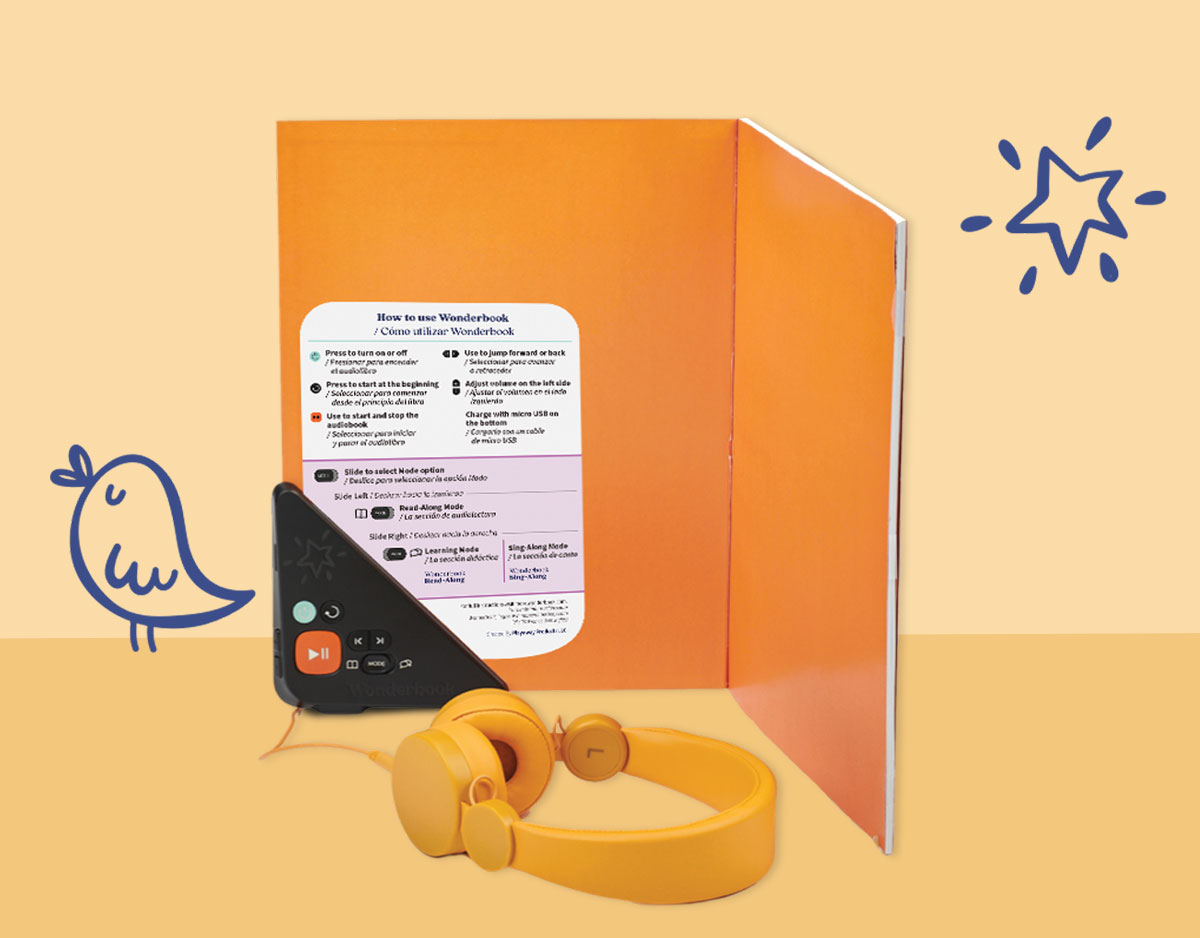
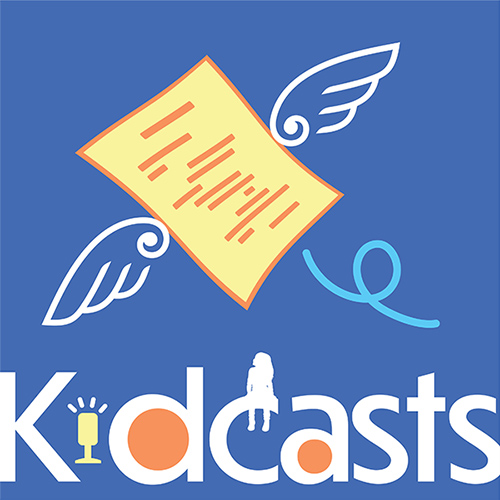
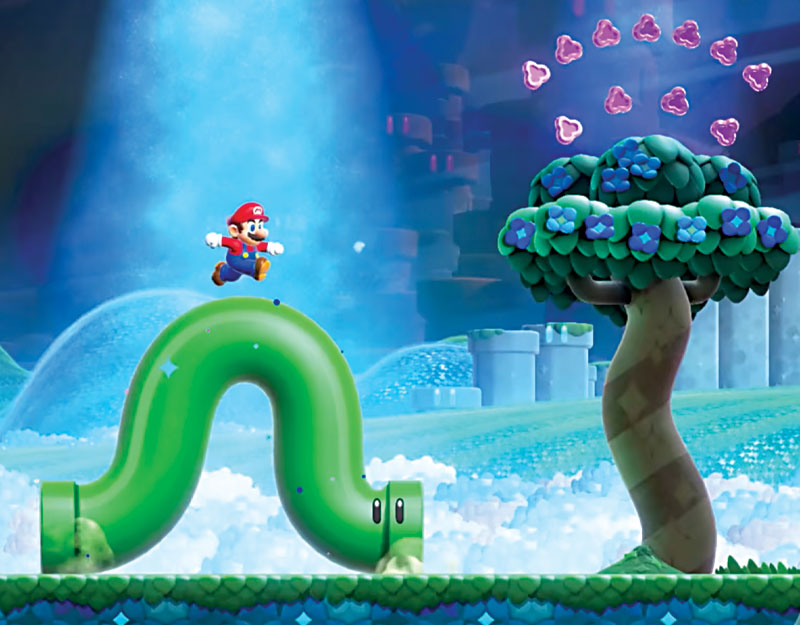
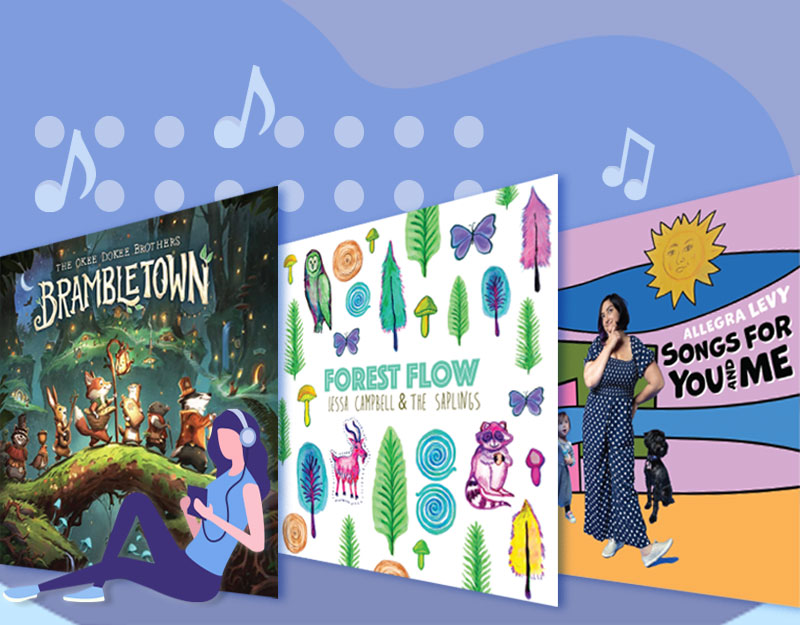
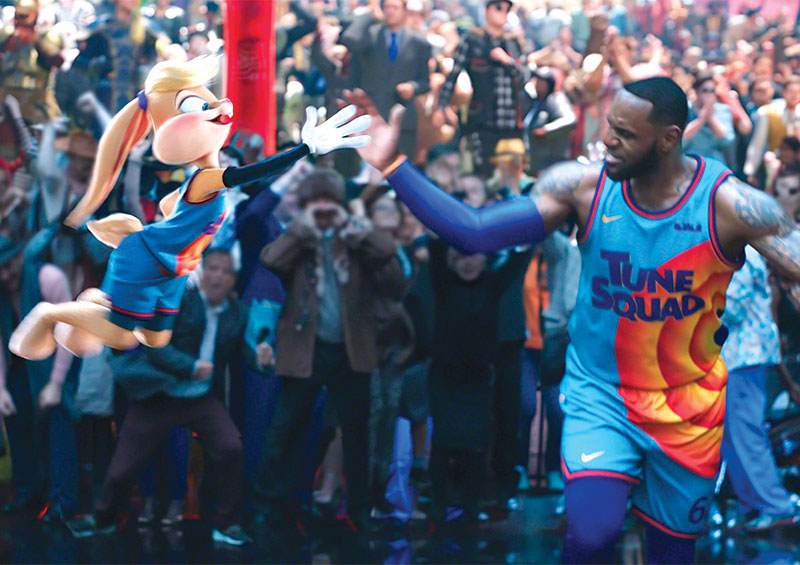
When you talked about the book delving into details about weaving shoes out of reeds and cutting a particular kind of grass for a house’s roof, it reminded me of the Little House books where they made their own hats, houses, and otherwise ingeniously and practically worked with the land or nature to their benefit. And, of course, how they dealt with the trials of nature, integral to their survival. I wasn’t surprised that you compared it to Little House. Hopefully, more of Wenxuan’s work will be available in the U.S. in the near future. I tried to look it up in Lexile, but neither the title, nor the author, were found there. That needs to happen. Then, hopefully, this title will become part of Scholastic’s roster, to pop up on SRI suggested reading lists handed out by teachers at parent conferences. As a librarian, parent, and future classroom teacher, I feel there’s a lot of room for improvement on those SRI suggested reading lists. It sounds like “Bronze and Sunflower” would be a good choice for 5th/6th grade classroom teaching or extracurricular summer reading.
Thank you for enlightening us about this book and author. You make such a good point about young readers needing to be exposed to authentic translations of other cultures. My bookclub has made an effort to read translations recently and it has been such a wonderful change of perspective. I think this is starting to reach our mainstream consciousness.
Yes! It’s so important, especially for children, to be exposed to global authors. Ann Morgan’s book The World Between Two Covers remarks upon how un-cosmopolitan the bookshelves of English-reading adults tend to be, and the same goes for children (due to adults’ choices). But children will steward a globalized globe. They need stories from everywhere, and during their formative years. Bronze and Sunflower is a great start!
I envy you, Betsy! I got to review this astonishing book for the Cleveland Plain Dealer but was only allotted 100 words (100 words more than most small newspapers give to original rather than syndicated reviews these days, but still!) It’s such a complex and moving book. How bravely and honestly it depicts the hardships of rural poverty, while always balancing the suffering with the family’s bottomless love and endless perseverance. How sweet so many of the scenes are, without ever descending into sentiment. As for the ending, I go with sad. (You did’t even mention the faithful water buffalo). Bronze sitting on that rock, watching the road Sunflower has left on–that iconic scene will stay with me for a very long time. Yet there’s a sort of transcendence to the sorrow that I associate with the best literature, for readers of any age. Whew. Thanks for letting me say some of what I couldn’t fit in my review–and thanks for spreading the word on this remarkable book.